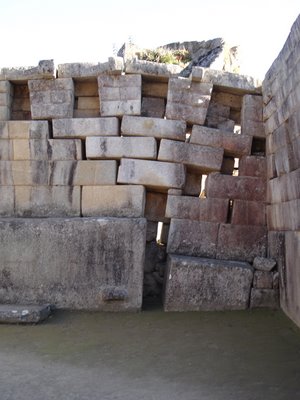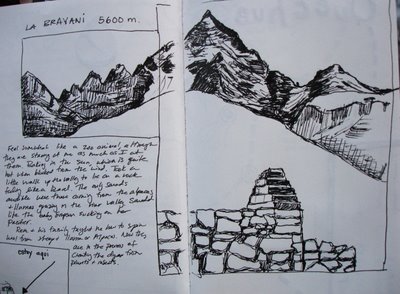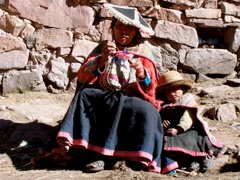




Made it back to Cusco last night from the tourist mecca of the world Machu Picchu. Cusco was once the foremost city of the Inca Empire and now is known as the archaeological capital of the Americas as well as the continent's oldest continuously inhabited city. Massive Inca built walls line the city's central streets and form the foundations of both colonial and modern buildings. The Incas conceived their city of Cusco in the shape of a puma.
Legend tells that in the 12th century, the first Inca, Manco Capac the son of the sun, was charged by Inti the sun god to find 'qosq'o' or the naval of the earth, a spot where he could plunge a golden rod into the ground until it disappeared. When Manco finally located the spot, he founded the city that was to become the thriving capital of the Americas' greatest empire. The area Manco founded was also occupied by other cultures for several centuries before the rise of the Incas.
I have a couple of days in Cusco before heading back to Lima. Spent the day with Edwin's family at their school. Independence happens here on July 28-29 and is celebrated nationwide. They start celebrating early here with a school program. Children dressed up in the traditional clothing of various Peruvian regions and performed the local dances.















































